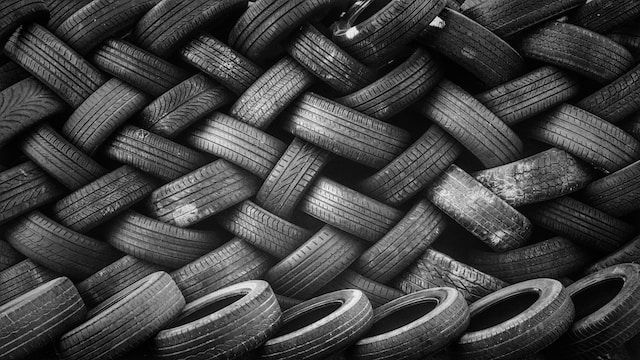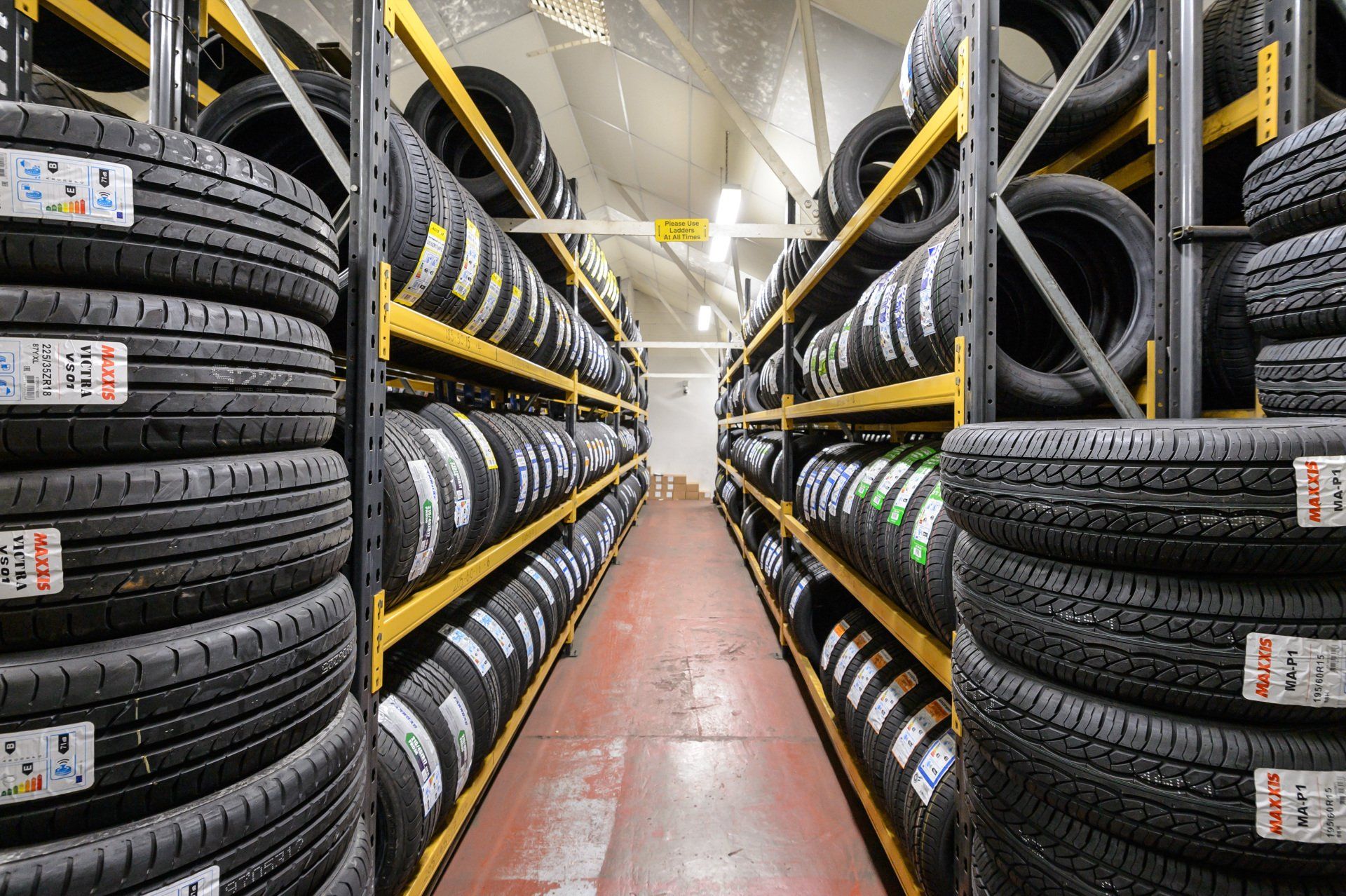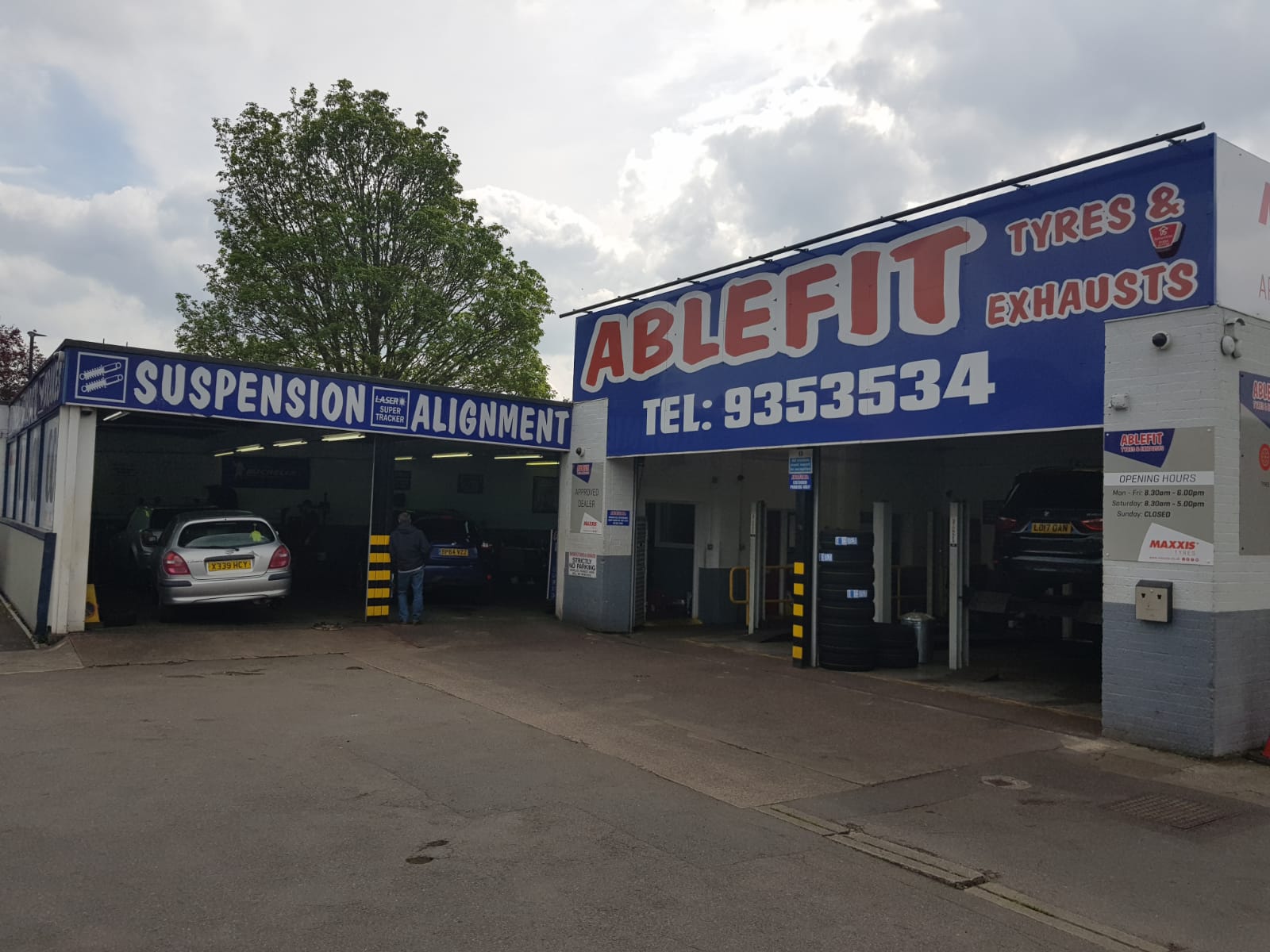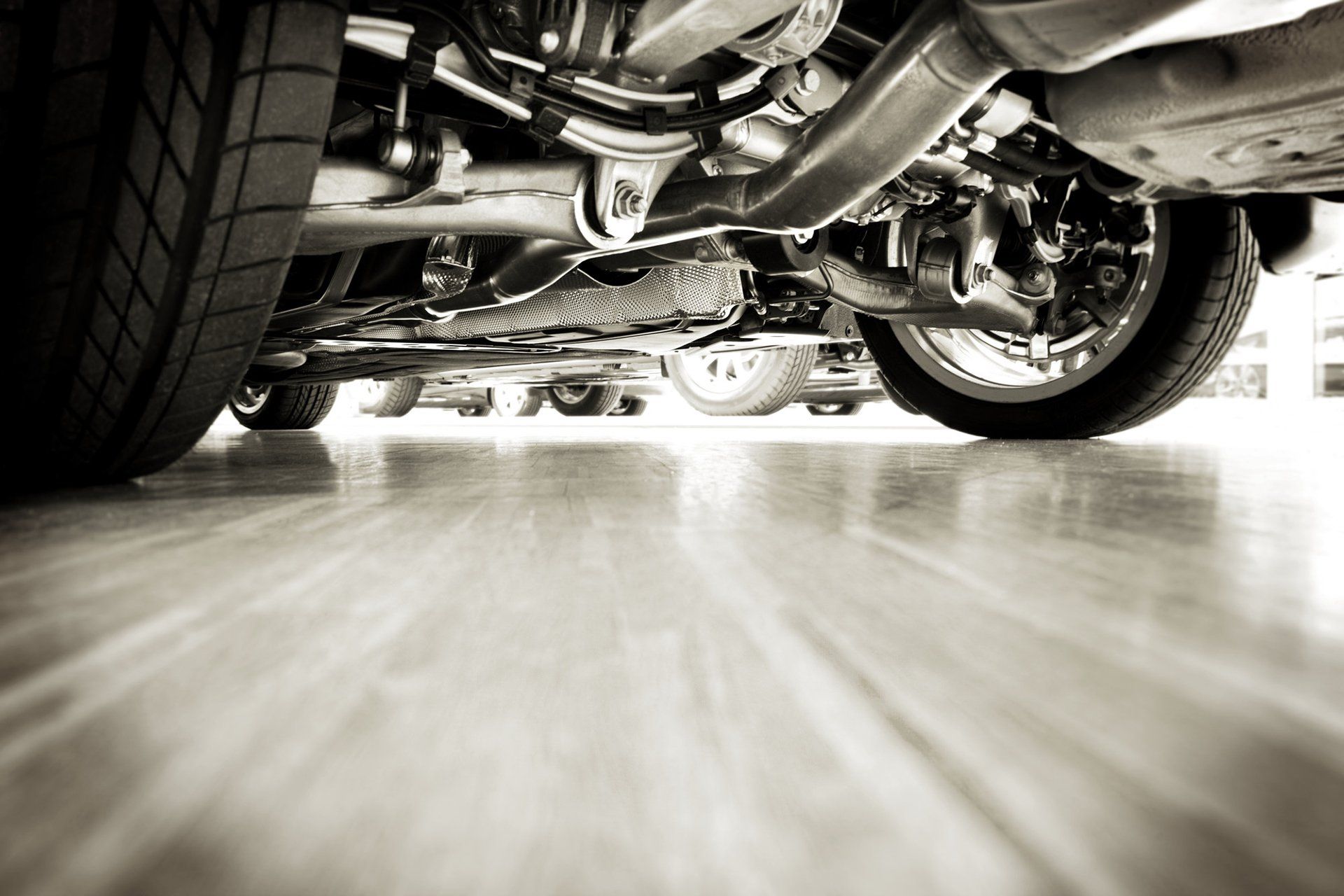What Should My Tyre Pressure Be?
How do I know How much I should Inflate my Tyres?
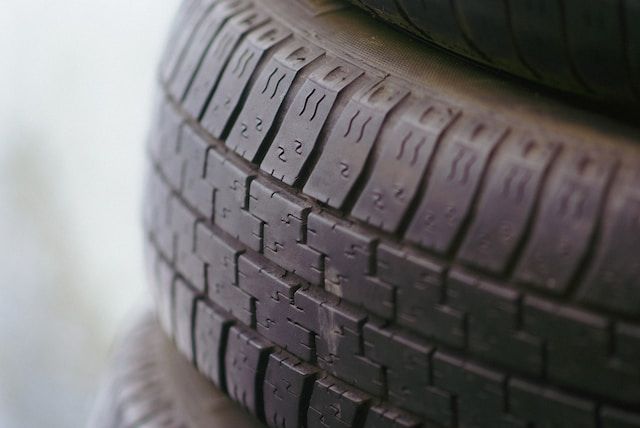
Your tyres do a lot more than connect your vehicle to the road. They have a huge impact on safety factors like handling and braking distance, as well as driver comfort and fuel economy.
To function properly, your
tyres need to maintain a certain tyre pressure. But tyres lose pressure over time even without punctures or damage. So it’s important to check tyre pressure regularly to stay safe and keep your vehicle in top condition.
What’s the correct tyre pressure for my vehicle?
Most passenger cars have a recommended tyre pressure between 31 and 35 pounds per square inch (PSI) when the tyres are cold (that is, when you’ve driven no more than two miles before checking the pressure).
A tyre pressure below 20 PSI is generally considered a flat tyre, which will need inflating.
That said, there’s no one-size-fits-all ideal tyre pressure for every vehicle. Correct tyre pressure is influenced by a vehicle’s weight and size. And with so many makes and models, as well as tyre brands, what’s considered ‘correct’ is always different.
But there’s a very easy way to find out what your tyre pressure should be.
Manufacturers specify suitable tyre pressures for each vehicle in the vehicle handbook. You’ll also find this printed in your car in one of two places:
- In the sill of your driver door
- Inside your fuel tank flap
If you can’t find your vehicle handbook and the printed material has been damaged, you should be able to find the correct tyre pressure range for your vehicle online.
Be aware that some manufacturers recommend different pressures for your front and rear tyres.
And if you’re carrying extra weight, such as towing a trailer, your ideal tyre pressure might be different. Check your vehicle handbook to see the correct laden pressure.
Why is correct tyre pressure important?
Driving with incorrect tyre pressure can be very dangerous. It affects your ability to control your vehicle and puts you at greater risk of tyre blowout, which can be fatal at high speeds.
By maintaining the correct tyre pressure for your vehicle, you can:
- Improve vehicle safety: Both overinflated and underinflated tyres seriously impact the stability, handling and braking of your vehicle. This puts you, your passengers and other road users at risk.
- Increase fuel economy: At ideal inflation, your tyres don’t drag along the road any more than necessary. This keeps friction to a minimum, meaning it takes less power and fuel to move your car.
- Extend tyre lifespan: Tyres wear out up to 25% faster at the wrong pressure. That means you’ll have to spend money to replace your tyres much more often. Keeping your tyres topped up can save you a lot of trouble and cash!
What happens if tyre pressure is too low?
When the pressure of your tyres is too low, they make uneven contact with the road. As well as being extremely uncomfortable, this makes it very difficult to maintain control while steering.
Low tyre pressure also reduces fuel efficiency and increases CO2 emissions. And the excessive wear to the inner and outer edges of your tyres may cause your tyres to fail much sooner than they should.
What happens if tyre pressure is too high?
Having too much air in your tyres can be just as harmful as having too little.
When overinflated, the part of the tyre that makes contact with the road is much smaller, giving it much less traction. This means your vehicle is more likely to skid while steering, and it’ll take you much longer to stop while braking.
As with underinflated tyres, overinflation also causes a great deal of uneven wear, increasing the likelihood of tyre failure.
How to check your tyre pressure
The easiest way to check your tyre pressure is using a tyre pressure gauge.
To use a tyre pressure gauge:
- Remove the tyre valve dust cap
- Place the pressure gauge on the valve
- Gently push the gauge onto the valve until you get a reading. An analogue gauge will have a circular dial, while a digital gauge will give the current tyre pressure in digits
Be sure to check all 4 tyres, as the pressure in each can be different. And remember to check your spare tyre, since it’ll gradually lose pressure even when not in use.
If you don’t have a tyre pressure gauge at home, find a local petrol station with an air pump service. The pump will tell you your current tyre pressure and let you fill it to the ideal level at the same time.
How often should you check tyre pressure in the UK?
If your car was manufactured after 2012, it’ll have a Tyre Pressure Monitoring System (TPMS) built in. This will warn you when at least one of your tyres is underinflated.
However, you only receive this automatic warning after the problem has already occurred. To avoid the risks of underinflation, you should monitor tyre pressure regularly as one of your
5 regular car checks.
To maintain optimal levels, experts recommended that you check your tyre pressure once every two weeks. You should also check them before a long journey to ensure your safety and avoid a vehicle breakdown.
Air usually escapes from vehicle tyres at a rate of 1 PSI per month. But pressure loss increases during warmer weather. So be sure to check your tyre pressure more often during summer.
If your tyres are regularly losing a lot of pressure, you might have a slow puncture. Visit Ablefit Tyres & Exhausts Ltd. in
Longwell Green or
Muller Road in Bristol for super-fast tyre replacement.
Quality replacement tyres with a lifetime guarantee
At Ablefit, we carry over 4,000 budget and brand-name tyres for cars, vans and 4xs. And each one carries a lifetime guarantee, meaning you can always have confidence that you’re getting a high-quality replacement.
We even offer a mobile tyre fitting service, meaning you can always get help when you need it most.
Get in touch with our friendly expert team today for emergency assistance or to book your fast-fitting tyre replacement service.


